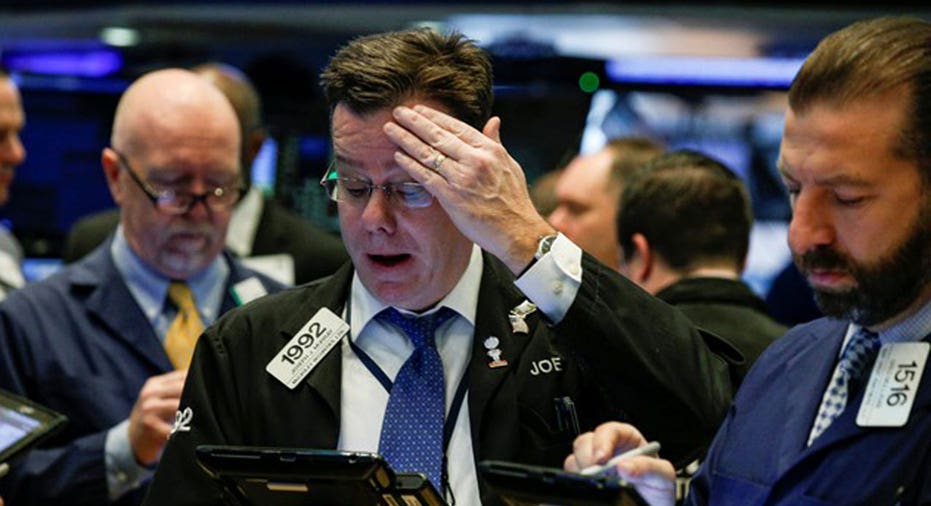Dow futures point to third day of losses after Monday's dive

(Reuters) - U.S. stock futures pointed to a third day of losses at the opening on Tuesday, deepening a correction to the stock market's long-running rally that saw the biggest intraday fall in history for the Dow Jones Industrial Average on Monday.
By 6:38 a.m. ET (1118 GMT), Dow e-minis were down 184 points, or 0.77 percent, having fallen as much as 850 points in Asian trading.
The S&P 500 e-minis, also derailed by growing concerns over the rise of U.S. government bond yields, were down 9 points, or 0.35 percent, while the Nasdaq 100 e-minis
Both the S&P 500 and the Dow Industrials slumped more than 4 percent on Monday, their biggest falls since August 2011. The Dow notched its biggest intraday decline in history with a nearly 1,600-point fall.
The CBOE Volatility index, a measure of expected swings in the S&P 500, jumped 8 points to 45.29, its highest level since August 2015, on Tuesday.
The stock market has been on a bull run for the past nine years, helped by a growing economy, strong corporate earnings and an extremely loose monetary policy by central banks.
U.S. share values have also climbed further since President Donald Trump's election on the prospect of tax cuts, corporate deregulation and infrastructure spending, and the S&P 500 is still up 23.8 percent since his victory.
However, some investors say the market is over-stretched in the context of rising bond yields as central banks withdraw their easy money policies of recent years.
Benchmark 10-year note yields had surged to 2.885 percent, the highest since January 2014 but fell back to 2.707 percent on Monday as the stock selloff hastened.
Bonds have been roiled in the past week on fears that the Federal Reserve will need to adopt a more aggressive rate hike policy as inflation picks up.
Data on Friday showed the year-on-year increase in average hourly earnings rose to 2.9 percent, the largest rise since June 2009.
Investors feared a rise in bond yields would lead the central bank to be more aggressive in raising interest rates, which in turn could slow down growth. Currently, the central bank has indicated it expects to raise rates three times in 2018.
Investors will keep an eye on comments from St. Louis Fed President James Bullard who will give a presentation on the U.S. economy and monetary policy.
(Reporting by Tanya Agrawal; Editing by Arun Koyyur)



















